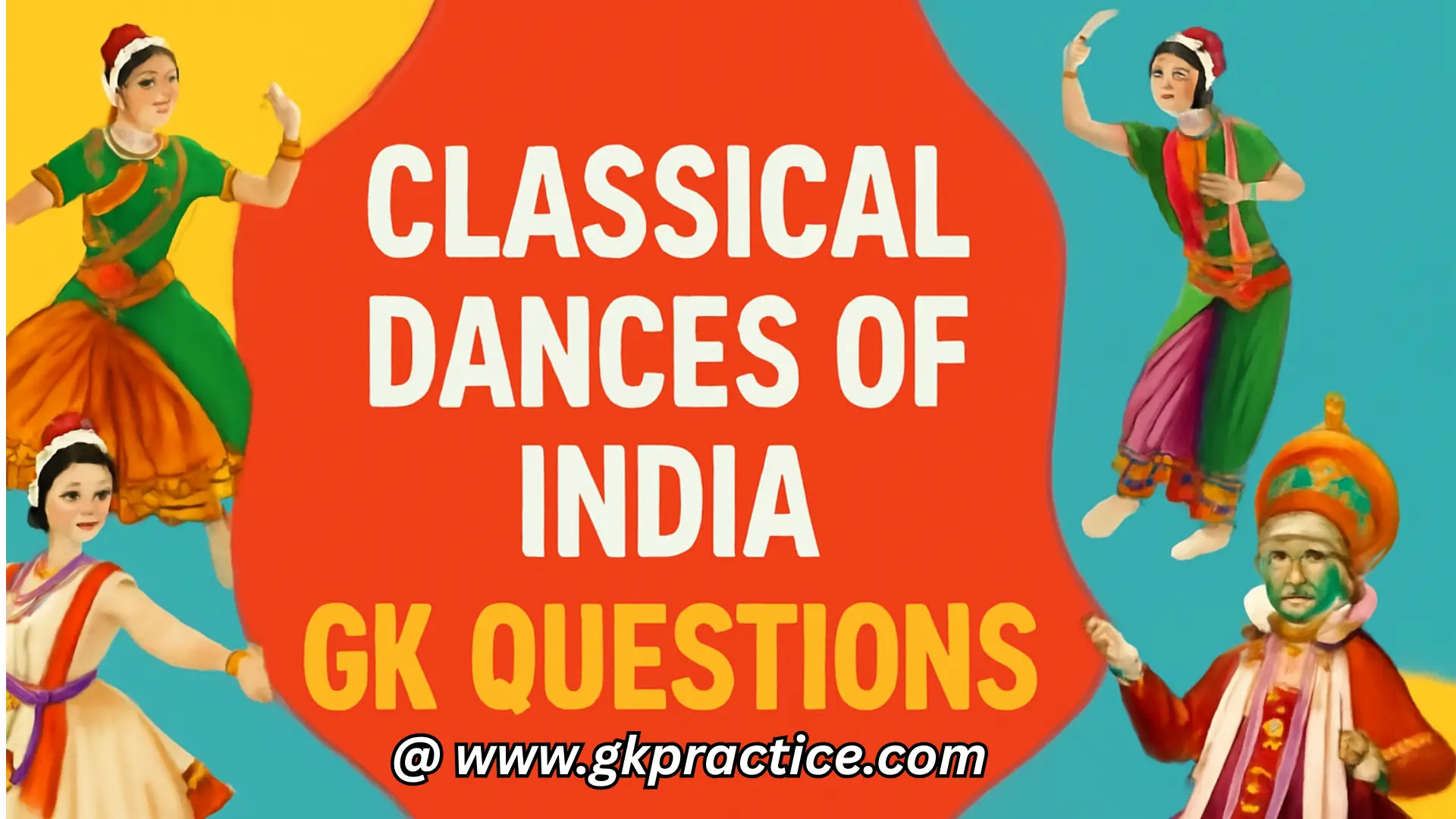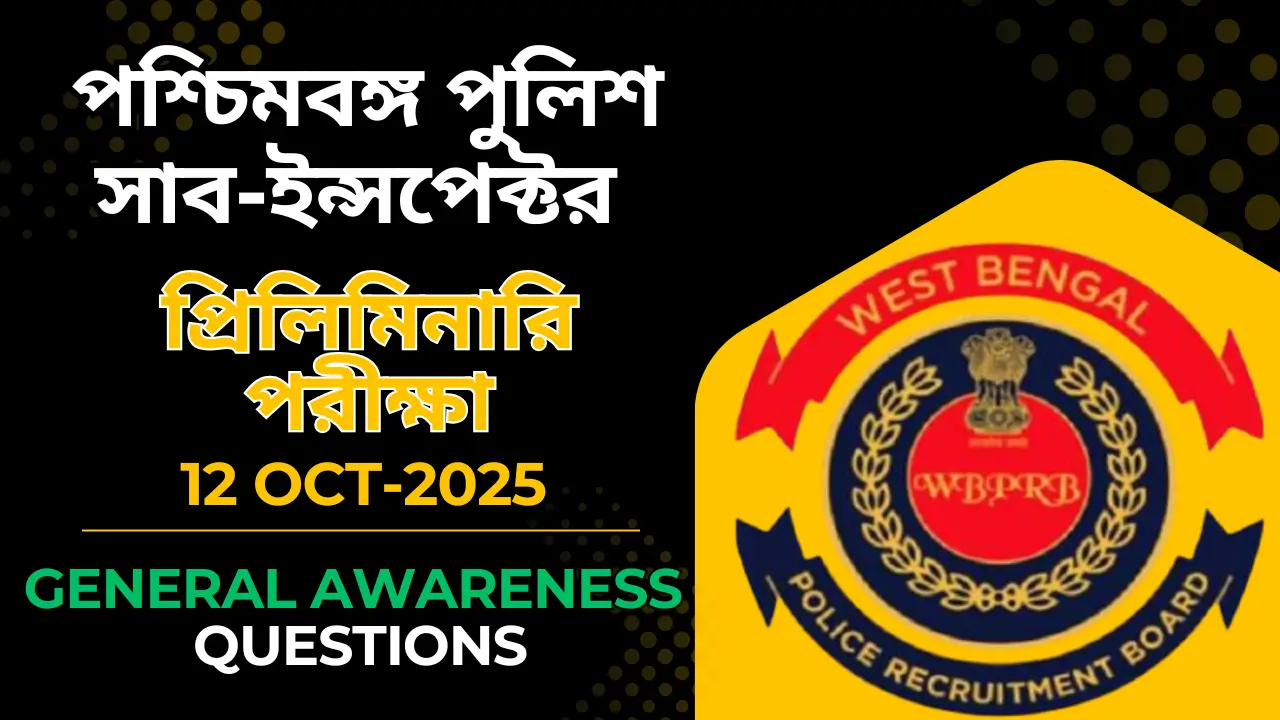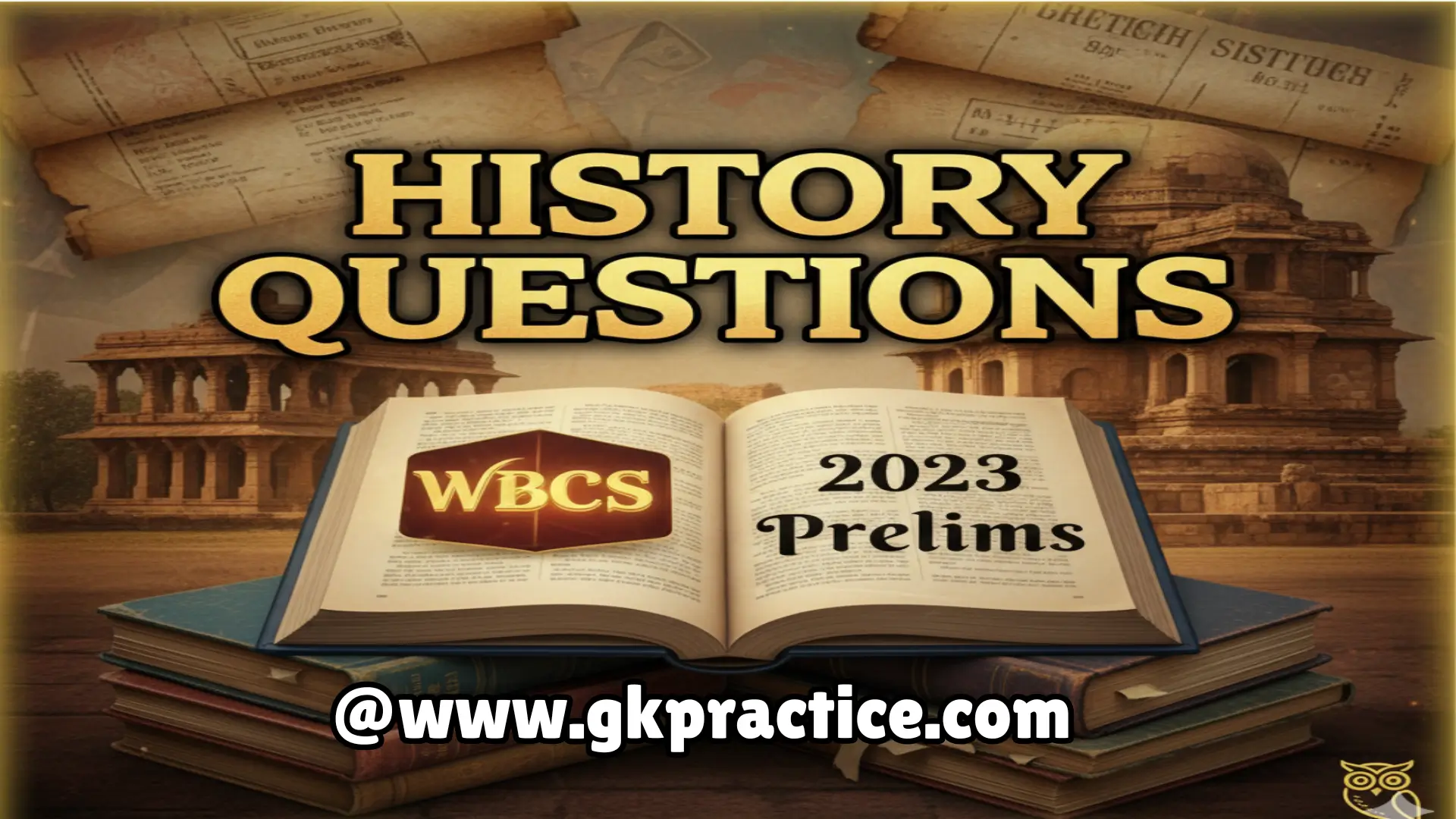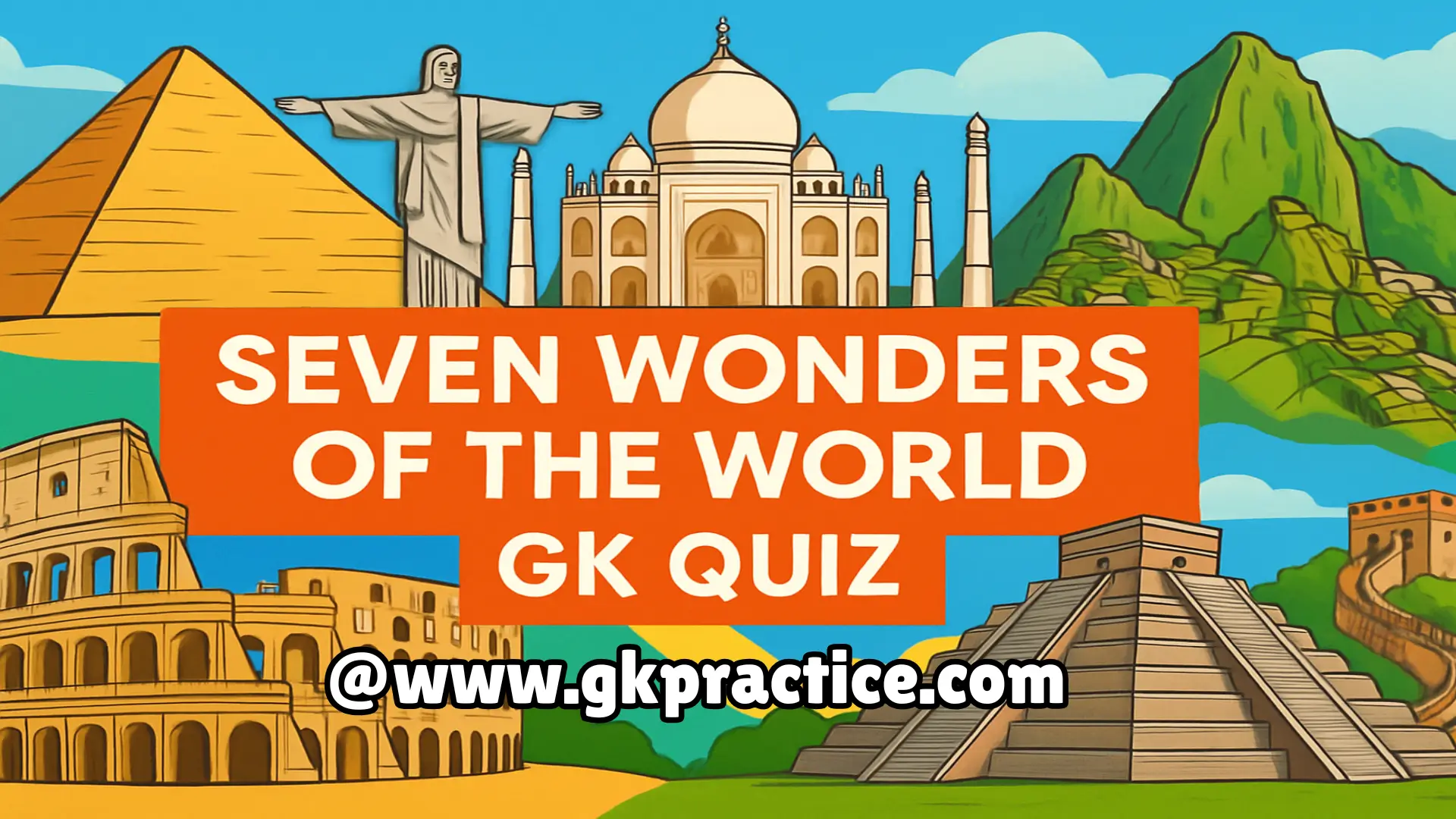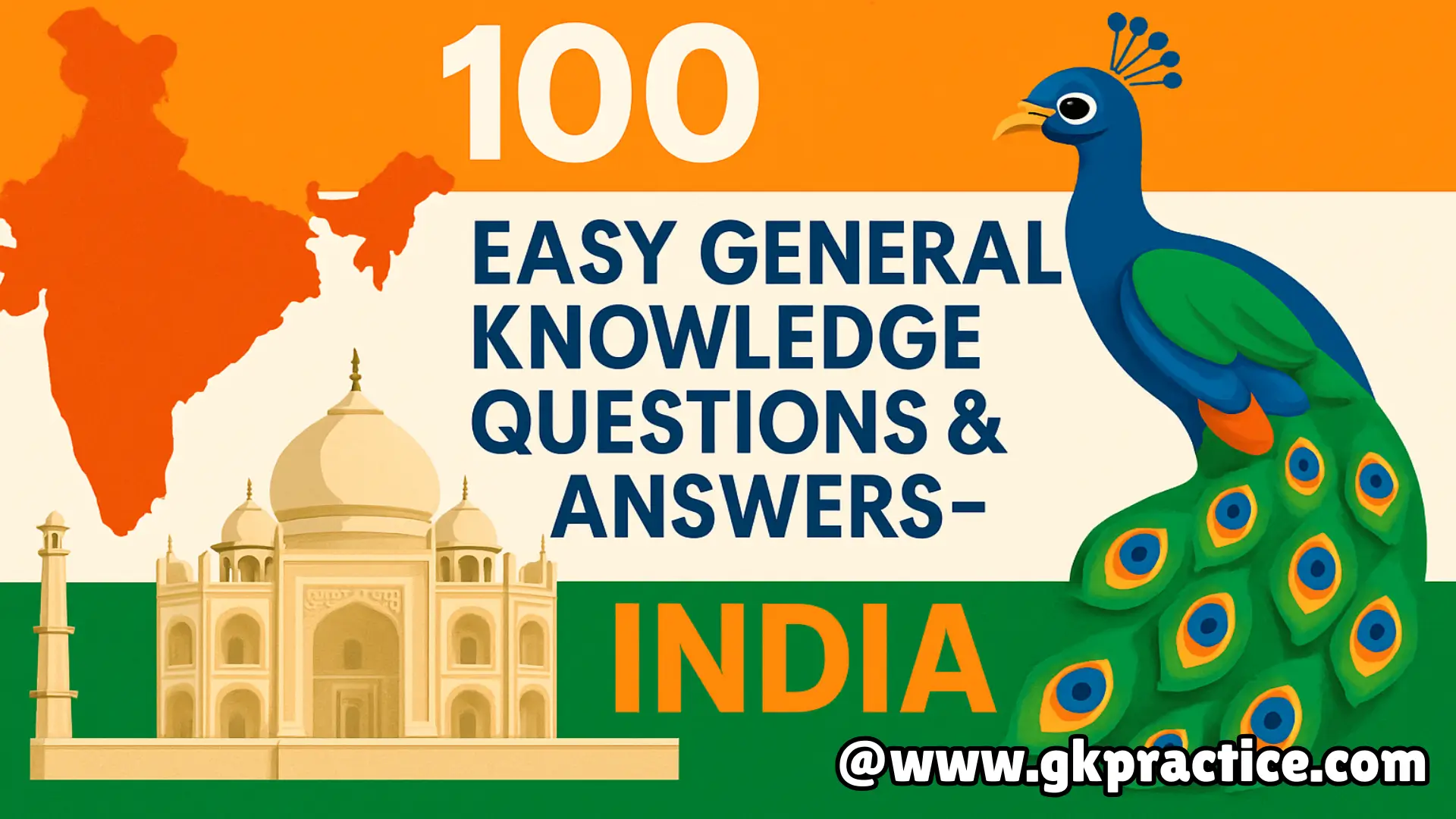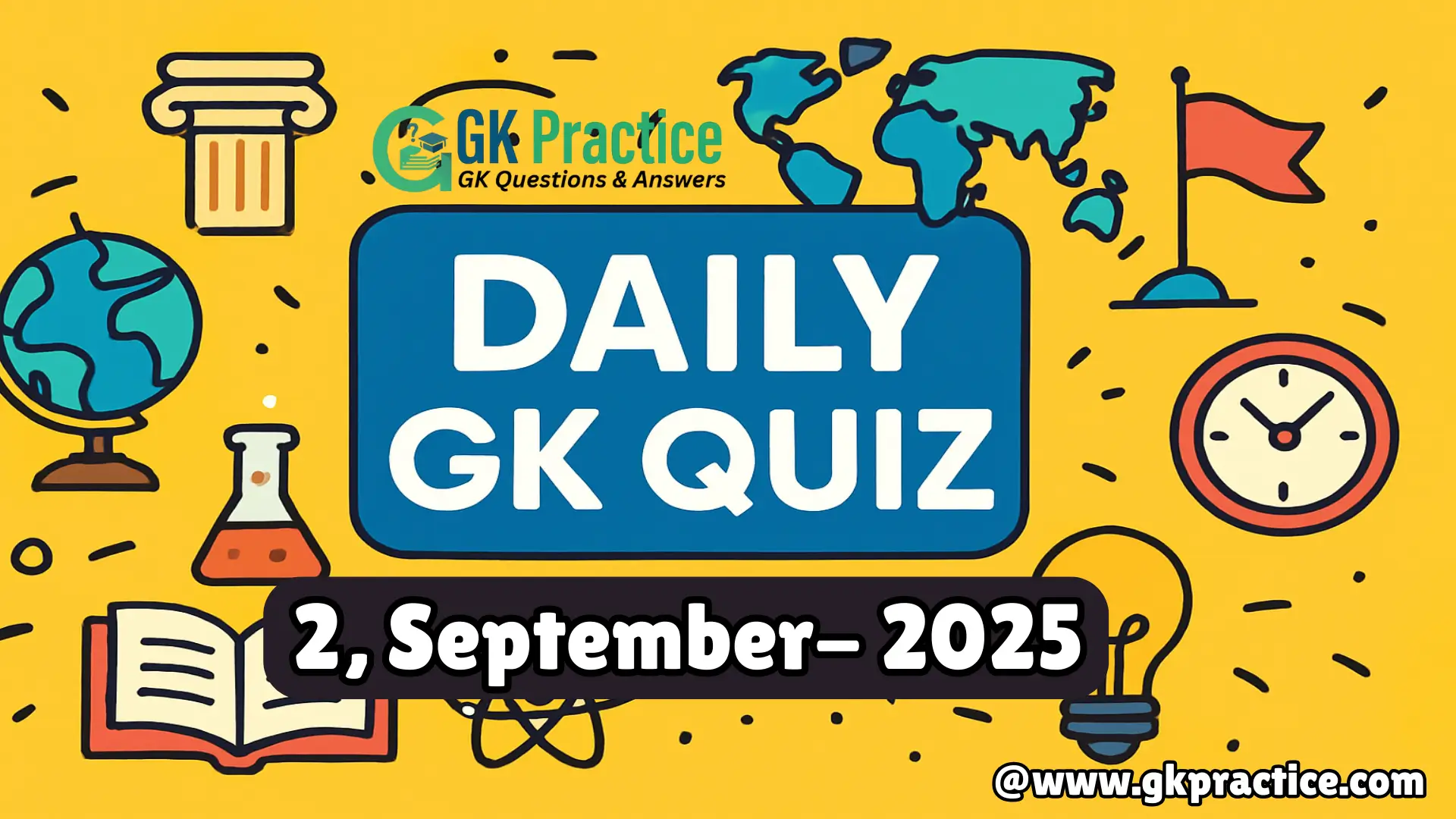Q11. Which classical dance includes the “Lasya” element symbolizing feminine grace?
a) Mohiniyattam
b) Kathakali
c) Kathak
d) Sattriya
Explanation: Mohiniyattam emphasizes “Lasya,” symbolizing grace, charm, and delicacy. It is a soft, feminine dance performed solo by women, with slow swaying movements reflecting serenity and devotion.
Q12. Yakshagana, though not officially classical, is related to which classical dance tradition?
a) Kathakali
b) Kuchipudi
c) Odissi
d) Manipuri
Explanation: Yakshagana, a dance-drama from Karnataka, shares similarities with Kathakali in costumes, expressions, and epic-based storytelling. Though not one of the eight classical dances, it is a rich folk tradition.
Q13. In Bharatanatyam, the basic stance with bent knees is called?
a) Tribhanga
b) Aramandi
c) Samapada
d) Nritta
Explanation: In Bharatanatyam, Aramandi is the half-sitting position with bent knees, forming the fundamental stance. It reflects balance, stability, and grace in every movement of the dance.
Q14. The Raas Leela is prominently associated with which classical dance?
a) Manipuri
b) Odissi
c) Kathak
d) Bharatanatyam
Explanation: Manipuri is famous for its depiction of Raas Leela, representing the divine love of Radha and Krishna. The dance is devotional, gentle, and spiritual, unlike other energetic dance styles.
Q15. Which dance form traditionally uses painted faces and elaborate masks?
a) Kathakali
b) Bharatanatyam
c) Sattriya
d) Kuchipudi
Explanation: Kathakali performers wear painted faces, elaborate headgear, and colorful masks to dramatize mythological stories. Each color represents specific characters like gods, demons, and heroes.
Q16. Which dance form emphasizes “Tribhangi” posture (three bends of the body)?
a) Odissi
b) Bharatanatyam
c) Kathak
d) Manipuri
Explanation: Odissi highlights the “Tribhangi” posture, where the body bends at the neck, torso, and knee, creating graceful, sculptural lines that resemble temple figures of Odisha.
Q17. Which classical dance is unique for blending singing, acting, and dancing together?
a) Kuchipudi
b) Kathakali
c) Odissi
d) Manipuri
Explanation: Kuchipudi combines acting, singing, and dancing in performance. Artists often balance a pot on the head or dance on a brass plate, showing both devotion and technical mastery.
Q18. The main theme of Sattriya dance revolves around?
a) Shaivism
b) Vaishnavism
c) Shaktism
d) Buddhism
Explanation: Sattriya, introduced by Sankardev, is rooted in Vaishnavism. It narrates the stories of Lord Krishna and Vishnu through devotional songs, gestures, and dance sequences.
Q19. Which classical dance is most connected with the Nataraja form of Shiva?
a) Bharatanatyam
b) Kathak
c) Odissi
d) Sattriya
Explanation: Bharatanatyam represents Lord Shiva as Nataraja, the cosmic dancer. Many postures and poses are inspired by this form, signifying the eternal cycle of creation and destruction.
Q20. How many classical dances are officially recognized in India?
a) 6
b) 7
c) 8
d) 9
Explanation: India officially recognizes 8 classical dances: Bharatanatyam, Kathak, Kathakali, Odissi, Kuchipudi, Manipuri, Mohiniyattam, and Sattriya. Each represents unique traditions, regions, and spiritual philosophies of Indian culture.
We hope these Classical Dances of India GK Questions boosted your exam preparation and understanding of human biology. Keep practicing such MCQs to score well in competitive exams.
You Can Watch This Video To Learn Deeply About Classical Dances of India GK Questions –
** Don’t forget to subscribe to our YouTube channel for more GK & Biology quizzes: GK Practice YouTube Channel
Also, check out these important GK posts:

